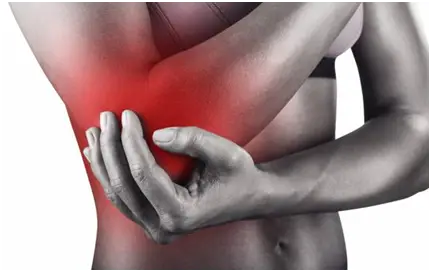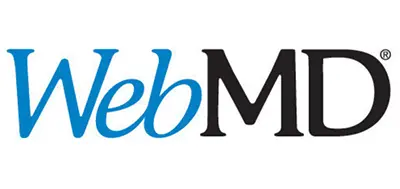Elbow Injury
Get In Touch
Call Now
Monday to Friday
9:00 AM To 6:00 PM
Saturday and Sunday
Closed

Elbow Injury
- The elbow joint makes it possible to bend and straighten the arm and to rotate the forearm so that the palm of the hand faces up or down.
- The elbow is made up of three joints. These are where the bones of the upper arm, called the humerus, and those of the forearm, the ulna and radius, come together.
- These bones are supported by ligaments, tendons, and muscles. Ligaments are tough cords of tissue that attach bone to bone.
- Tendons attach muscles to bone, and muscles help the elbow to bend, extend, and rotate.
- Many elbow sprains or strains are caused by repetitive use of the joint during sports such as tennis or golf or jobs such as carpentry.
- Overuse of the elbow can irritate the tendons that attach the muscles of the forearm to bone and cause them to swell, strain, or tear—a condition commonly known as “tennis elbow.” This injury can occur regardless of whether you play tennis.
- Some elbow sprains and strains occur suddenly, such as when you break a fall with an outstretched arm. These types of injuries can also be caused by twisting the arm or by a blow to the elbow.
- Symptoms can include pain, tenderness, or swelling around the elbow during movement or at rest. It can become difficult to bend or extend the elbow, or you may experience bruising, redness, or warmth around the elbow.

Medical History and Physical Examination
- A doctor may ask specific questions about your symptoms, including whether they began gradually or appeared after an injury. He or she may ask about any prior injuries to the area and any activities that require repetitive use of the elbow. This is because certain activities, such as hammering or swimming, can affect specific ligaments, muscles, or tendons in the elbow.
- During a physical exam, your doctor evaluates how well you can bend and extend your elbow and rotate your forearm and whether these movements cause any pain. He or she may also examine your wrist, neck, and shoulder to determine if injuries in these areas are causing elbow pain.
- A doctor may recommend imaging tests to confirm the diagnosis and to distinguish between a sprain and a strain.
X-rays
- X-rays use high-energy beams of light to create pictures of the body. Your doctor may recommend an X-ray to examine the bones of the elbow and rule out another cause of the pain, such as a fracture or a dislocation. This test can also determine if an abnormality in the bones or loose pieces of bone are causing your symptoms.
- An X-ray may also reveal an accumulation of fluid around the elbow, which is a sign of a sprain or strain.
Ultrasound
- In an ultrasound, high-frequency sound waves produce clear images of soft tissue, such as muscles and ligaments.
- Doctors use ultrasound to check the tendons for swelling, which can be a sign of tendinitis. This test can also reveal small tears or stretched ligaments, which helps the doctor determine if an elbow injury is the result of chronic overuse.
What Patients Say
Our Testimonials
Why patients trust Dr. Farah with their health

Came in with a headache and started to feel sick. Had a big trip for New Years, therefore I had to solve my problems quickly. Dr. Farah helped me right away and treated all my problems, he saved my weekend. Will come here again soon.
Melanie Warner

I was in a lot of pain and I walked in and the receptionist was so lovely. I was into see the doctor within five minutes and he listened to me and was wonderful. I’ve been to a few urgent cares and this one by far is the best !
Tiffany Lee-Frank

I absolutely love Dr Farah and his whole staff on the medical and the spa side. I’m not just saying this, Dr Farah has been my doctor over 10 years and I’ve been using his Rejuvenate spa for about 4 years now. I would give them 10 stars if I could!!!
Lori Brooks

Ashley and Anna are friendly and made me feel welcome and at ease. Dr. Farah was very understanding and answered all my stupid questions. They were all very professional and patient with me.
juli ross
Providing Urgent Care for non-life-threatening health complications

Urgent care services
Monday to Friday
9:00 AM To 6:00 PM
Saturday and Sunday
Closed
17130 Ventura Boulevard,
Encino California 91316






